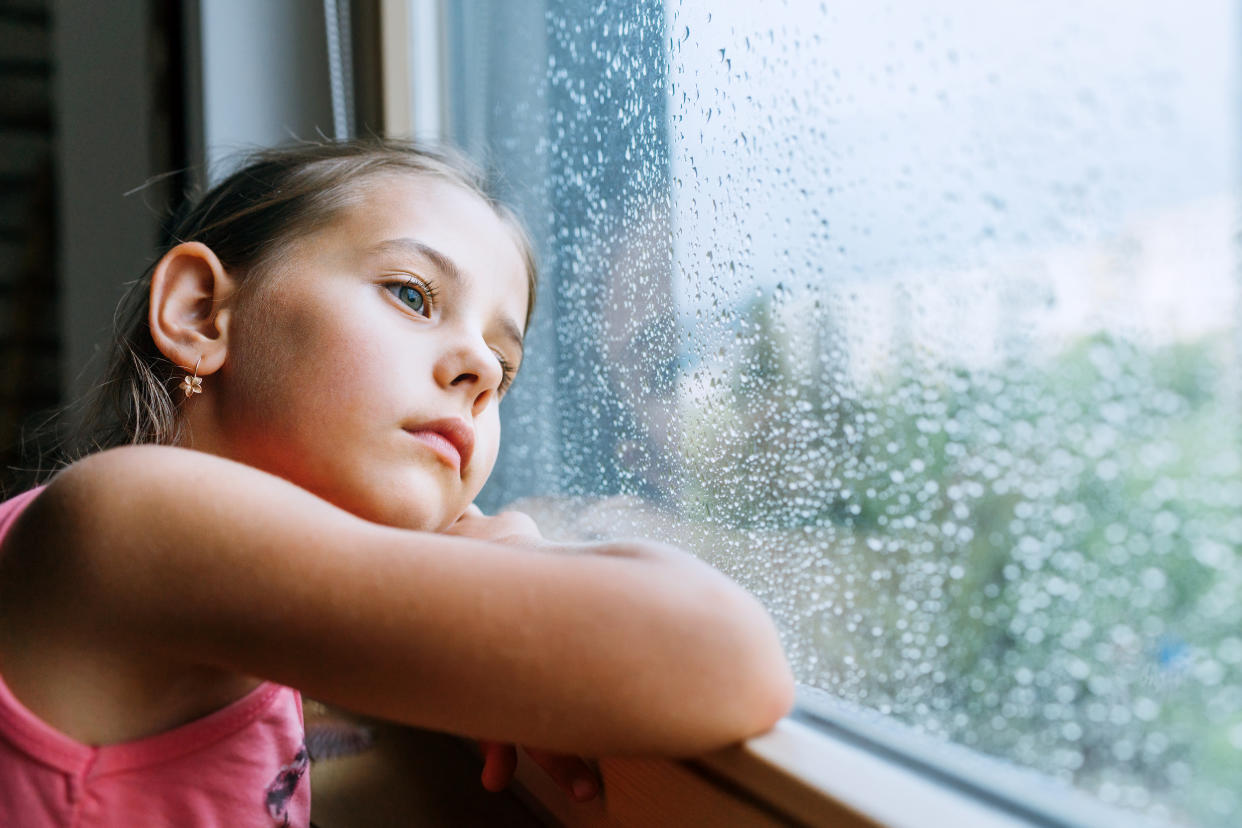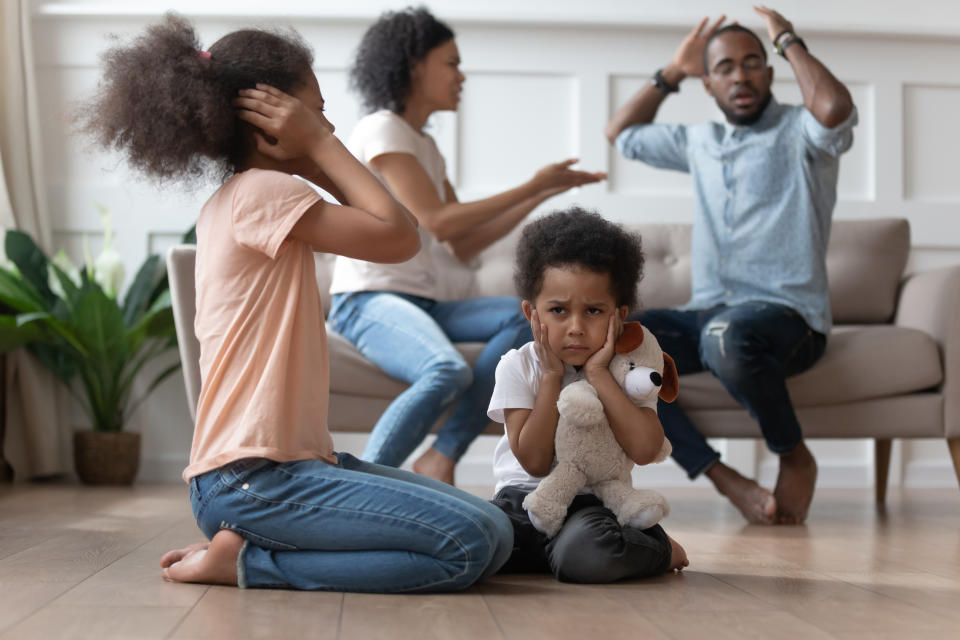One in six children in England has a 'probable mental disorder', NHS survey suggests

One in six children in England has a “probable mental disorder”, research suggests.
NHS Digital surveyed 3,570 people aged between five and 22 in both 2017 and July 2020.
Results suggest the number of children and young people showing signs of a mental disorder has increased from one in nine to one in six over just three years.
The disorders were found to be more common among those who had witnessed adults arguing in their home.
Read more: Lockdown could trigger 'surge' in PTSD
Perhaps unsurprisingly, the coronavirus outbreak has affected many children’s mental health. The survey found probable mental disorders are more than twice as common among youngsters living in households that have fallen behind on payments as a result of the pandemic.

“Today’s findings present a worrying picture of the effect of young people’s everyday circumstances, such as their family’s finances, on their mental health,” said Martina Kane from the charity The Health Foundation.
“The survey found children with mental health concerns were more than twice as likely to live in a household that had fallen behind with payments.
Read more: Self-harm more common among teens who start puberty early
“Young people with existing mental health problems also reported lockdown had made their life worse. This would have coincided with closures or reduction of key services, including mental health services and youth services.
“There must be immediate, targeted action to support the most vulnerable, including children and young people with an existing mental health condition.”
Watch: Psychologists worry about COVID’s impact on mental health come winter
Among boys aged five to 16, the rate of probable mental disorders rose from 11.4% in 2017 to 16.7% in July 2020. Among girls, the conditions’ prevalence went from 10.3% to 15.2%.
The likelihood of developing a probable mental disorder was found to become more common with age, with a “noticeable difference in gender for the older age group”.
Among the 17 to 22-year-old participants, more than a quarter (27.2%) of the females showed signs of a probable mental disorder, compared to 13.3% of the males.
Family dynamics were found to influence the risk.
The report revealed that among girls aged 11 to 16, nearly two-thirds (63.8%) with a probable mental disorder had seen or heard an argument among adults in their household.
This is compared to the 46.8% of the girls who witnessed a falling out but were unlikely to have a mental disorder.
Read more: The mental health effects of 'doomscrolling' and how to resist it
Mental health issues were flagged as a consequence of the coronavirus outbreak early in the pandemic.
When questioning the participants’ parents, more than a third (36.7%) of those with children aged five to 16 thought their little one was worried a friend or relative may catch the infection.
This was reported by half (50.2%) of the parents whose child had a probable mental disorder, compared to a third (33.2%) of those whose youngsters were unlikely to have a condition.
Probable mental disorders were also more common among the young people who worried they would catch the coronavirus, or miss school or work as a result of the pandemic.
Overall, more than a third of those aged between 11 and 22 reported lockdown had made their life a little worse, while 5.9% of the 11 to 16-year-olds and 6.7% of the 17 to 22-year-olds said the restriction made their life much worse.
Sleep has long been linked to mental health. While a lack of shut eye can affect someone’s mood, insomnia or oversleeping can also be a symptom of depression.
Nearly three in five (58.9%) of the participants with a probable mental disorder reported experiencing sleep problems, compared to just under one in five (19%) of those unlikely to have a condition.
This was more common among the female participants, particularly those aged between 17 and 22.
The survey also revealed children and young people with a probable mental disorder were around eight times more likely to have reported feeling lonely always or most of the time.
Overall, the children who were unlikely to have a mental disorder received more regular support from their school or college during the pandemic.
The survey found just over one in five (21.7%) of those with a probable mental disorder tried to seek help but did not receive it.
Parents worried about their child can contact the children and young people’s mental health services (CYPMHS).
Local areas have different support services available.
Most CYPMHS have their own website, which has information about access, referrals and more, including phone numbers.
Parents can also look at their local clinical commissioning group (CCG) website, and search for children and young people's mental health.
Watch: Therapist raises alarm on student mental health


